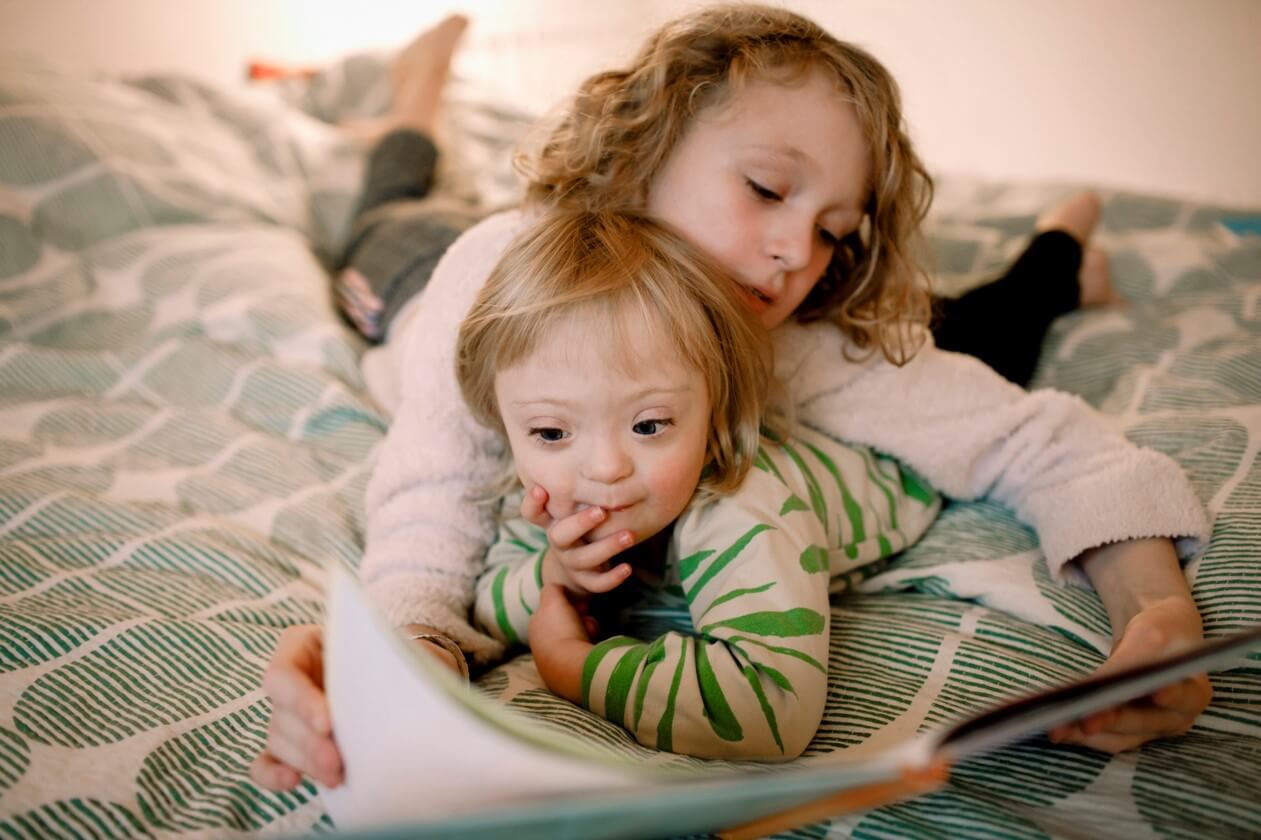
Guiding Principles: Our Beliefs about Children's Learning and Development that Guide this Document
The following principles and beliefs about how young children develop and learn, outlined by the South Dakota Early Learning Guidelines contributors, served as guides throughout the development of this document.
We believe:
- All children are capable, competent, and actively seek to understand the world in which they live.
- Families are children’s first, most important, and life-long teachers. They are respected and supported in the nurturing and development of their children.
- The diversity of South Dakota’s families, including our rich Native American heritage, contributes to the strength of our state and children’s development and education. Adults should become aware of, respect, and honor each child’s culture, language, and background.
- Children acquire knowledge and values through nurturing and responsive relationships. Secure attachments and relationships with families, teachers, and caregivers support children’s social development and emotional development as well as their ability to explore their environment and seek out new learning.
- All areas of development are inter-related and can strengthen each other.
- Children learn best in developmentally appropriate, inclusive settings where children, with and without disabilities, can learn from each other and receive the individualized support they need.
- Children’s social development and emotional competence and self-esteem are essential foundations for all later learning. Positive approaches to learning, resiliency, and problem-solving skills help children in all areas of development and can best be acquired through play and everyday experiences.
- Young children learn best when they are safe, healthy and well-nourished. Learning is achieved through play and active exploration of their environment. Children need large blocks of time to play and actively engage in a variety of self-selected, child-directed activities.
- Although development occurs in predictable patterns, all children are unique in their development and progress at different rates. Early childhood professionals can use developmental continuums like those included in this document, to know where each child is in his or her development and to provide experiences that nurture each child’s ability to progress in all developmental areas.
